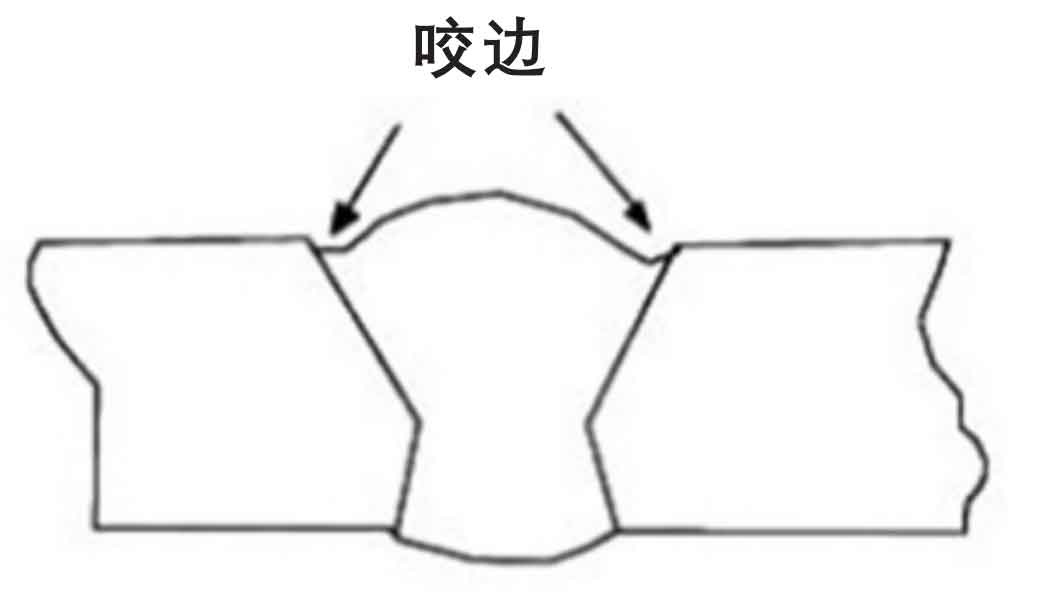Step-by-Step Overview to Preventing Weld Undercut in Different Metals
Step-by-Step Overview to Preventing Weld Undercut in Different Metals
Blog Article
Understanding the Art of Welding: Just How to Prevent Undercut Welding Issues for Flawless Manufacture Results
By recognizing the origin triggers of undercut welding and carrying out reliable strategies to stop it, welders can boost their craft to new levels of excellence. In the quest of perfect manufacture results, grasping the art of welding to prevent undercut problems is not simply an ability however a need for those striving for perfection in their work.
Understanding Undercut Welding

To avoid undercut welding, welders must make sure correct welding criteria, such as readjusting the present, voltage, traveling speed, and maintaining the proper electrode angle. By understanding the causes of undercut welding and applying preventative measures, welders can achieve premium, structurally sound welds.
Reasons of Undercut in Welding
Understanding the variables that contribute to damage in welding is important for welders to generate top quality, structurally audio welds. Insufficient welding wrong or current welding speed can also contribute to damage. Recognizing these causes and carrying out correct welding strategies can help stop damaging issues, guaranteeing solid and resilient welds.
Techniques to stop Undercutting

To reduce the danger of undercutting in welding, welders can employ tactical welding techniques aimed at improving the high quality and stability of the weld joints. Furthermore, using the correct welding technique for the particular joint setup, such as weave or stringer beads, can contribute to lowering damaging.
In addition, correct joint prep work, consisting of making sure clean base materials without impurities and using the appropriate welding consumables, is essential in preventing undercut defects. Using back-step welding methods and managing the weld bead account can likewise help disperse warm uniformly and reduce the risk of undercut. Normal assessment of the weld joint during and after welding, along with carrying out quality control measures, can help in discovering and dealing with undercutting issues without delay. By executing these strategies carefully, welders can accomplish flawless construction results with minimal undercut flaws.
Significance of Appropriate Welding Criteria
Picking and preserving proper welding parameters is vital for attaining successful read the article welds with very little issues. Welding parameters refer to variables such as voltage, present, take a trip rate, electrode angle, and securing gas flow rate that directly affect the welding procedure. These criteria should be meticulously adjusted based on the kind of material being welded, its thickness, and the welding method utilized.
Correct welding criteria ensure the correct amount of warmth is applied to melt the base metals and filler material evenly. If the parameters are set too expensive, it can bring about too much warmth input, creating spatter, burn-through, or distortion. On the various other hand, if the specifications are as well low, incomplete fusion, lack of penetration, or damaging might take place.
Quality Control in Welding Procedures

Final Thought
Finally, mastering the art of welding requires a comprehensive understanding of undercut welding, its causes, and methods to avoid it. By guaranteeing correct welding criteria and applying high quality assurance techniques, perfect fabrication outcomes can be achieved. It is crucial for welders to constantly aim for quality in their welding operations to avoid undercut problems and generate high-quality welds.
Undercut welding, a typical issue in you could look here welding procedures, takes place when the weld metal doesn't properly fill up the groove and blog here leaves a groove or depression along the bonded joint.To prevent undercut welding, welders must guarantee appropriate welding criteria, such as changing the existing, voltage, travel speed, and preserving the correct electrode angle. Insufficient welding wrong or current welding rate can also add to damage.To alleviate the risk of damaging in welding, welders can employ strategic welding strategies aimed at enhancing the quality and integrity of the weld joints.In final thought, understanding the art of welding requires a complete understanding of undercut welding, its reasons, and methods to avoid it.
Report this page